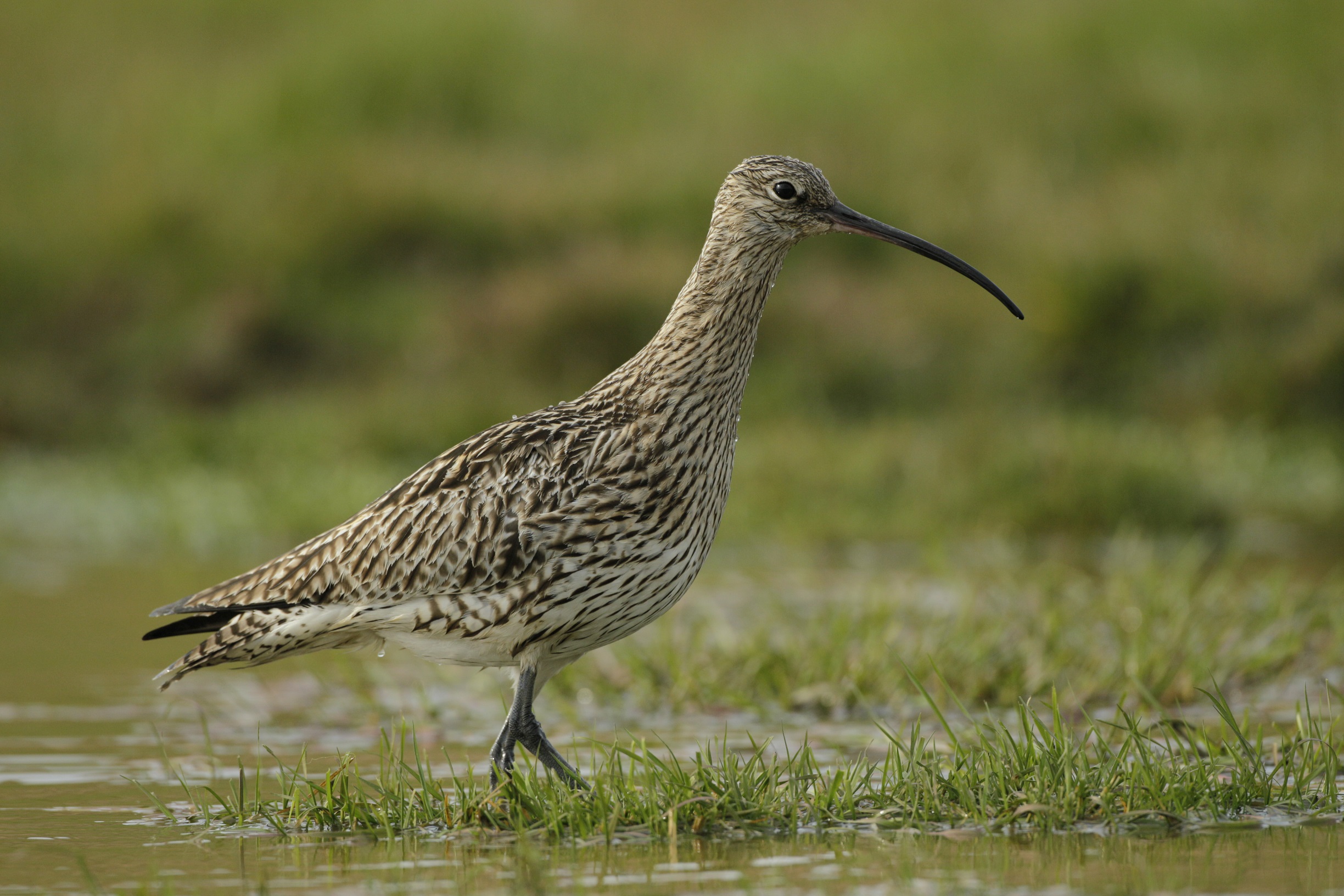21 Apr
Species Spotlight: Curlew
Wildlife
Curlew are a firm favourite of ours at Humber Nature Partnership - hence our logo! Curlews are the largest European wading bird, and can be seen feeding around the Humber on mudflats and in nearby fields.
Scientific name - Numenius arquata
Physiology - large, downcurved bill, brown body and long legs
Habitat: Winter - mudflats, saltmarsh and farmland. Summer - upland pastures, moorland and wetland
UK conservation status - red
Call - the curlew call is iconic, you can listen to a clip on the RSPB website here.
Nesting behaviour - curlew are ground-nesting birds, laying their eggs in shallow scrapes. It takes around 2 months total for the chicks to fledge. The egg is incubated for a month, followed by another month of being cared for by their parents.
At HNP we often see curlew feeding on the exposed mudflats at low tide just outside our office. Their long bills are excellent for probing the ground for their food, which includes worms and small crustaceans.
Due to the preferred habitats of curlew - mudflats and farmland - they face a number of threats. This includes habitat loss, change of habitat type, land drainage and predation. Disturbance from people can also be an issue for curlew, so it's important to be aware of when and where they breed, and give them the space they need. All of these issues have meant that we have seen a decline in curlew numbers, leaving them threatened and listed as 'red' in the UK. However, there are many organisations and individuals working to conserve curlews - who were are often involved in supporting - which makes us hopeful for this species!
You can learn more about World Curlew Day from Curlew Action here.
LY


